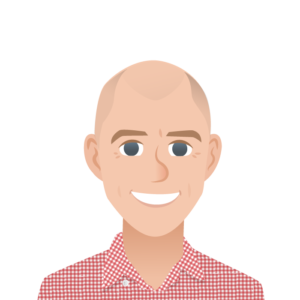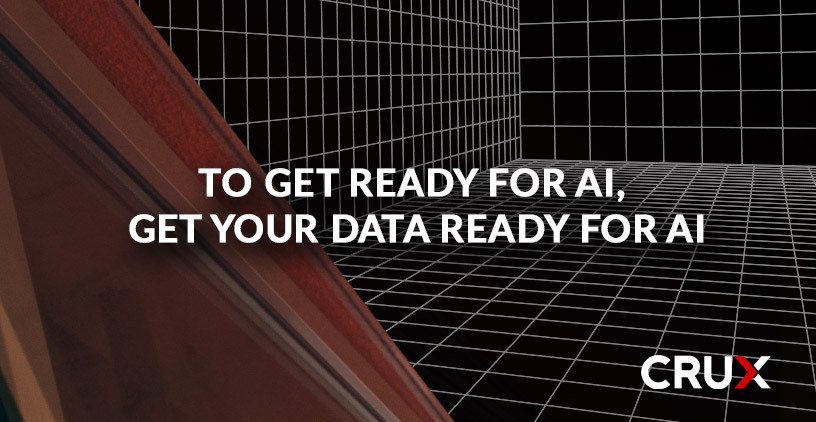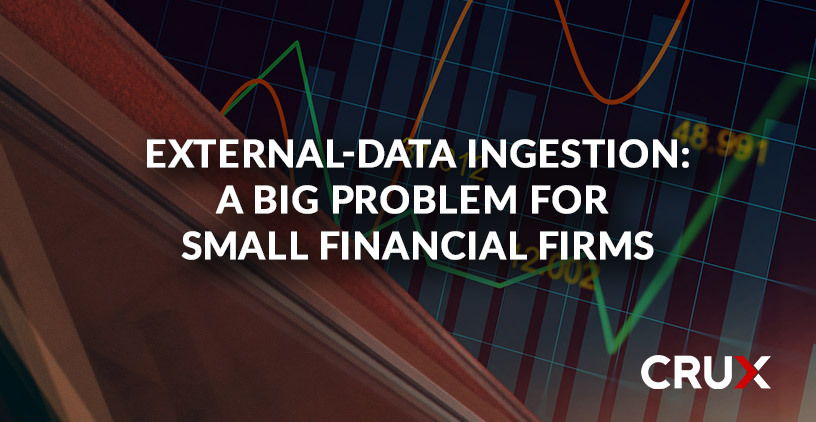What Cloud Marketplaces Do and Don’t Do
Not long ago, we observed here in our blog that the critical insights that drive business value come from data that is both (1) fast and (2) reliable.

Analytical and approachable, our VP of Product John Kelly welcomes bright ideas from our clients and members of our team. We know him as the one who integrates our feedback into new designs and produces product enhancements in record time. We sat down with John to learn why empathy and rigorous inquiry are essential to building a successful product.
You spent seven years as a product manager at Thomson Reuters. What’s one lesson you learned at Thomson Reuters that you’ve applied to your work at Crux?
It really comes down to the importance of user-centric design. We’re not building a product for the sake of having a product. What we’re trying to do is build a product specifically for users.
We want to understand who they are, what they do, what motivates them, what makes them happy, and what causes them discomfort in their day-to-day jobs. Then we want to build a product that helps them accomplish their goals and helps alleviate their pain points. I think one of the most important things is an appreciation that our product is a component of their world.
For me, empathy is an important piece of the puzzle. [At Thomson Reuters], I embarked upon a project to infuse customer-centricity into our approach. The second piece in that journey was, I lived outside the U.S. My responsibilities were to localize our products for Japan and China.
What was one of the most fun aspects of living in Hong Kong?
I really enjoyed going to Kowloon. It’s completely different than any experience I had growing up in the U.S.—the crowds, what was being sold on different streets, how people interacted, and the language—everything was far away from my upbringing and my comfort zone. It requires humility—I didn’t even know where to go. You have to explore, and take a chance.
Why is it important for someone who designs products to have that experience of being outside your comfort zone?
For product people, the element of inquiry is important. If you’re comfortable not knowing and asking questions, and interested in other people’s perspectives, then that, collectively, is the desire to learn more, take it in, and do something with it.
In the example of Kowloon, if I’m going to the museum, and I just got out of the subway station, I don’t know which direction to go. So there’s an element of problem solving. You need to ask questions, get information, assimilate that information, and to the best of your ability, come up with a next step.
Product is really about iteration. You iterate by taking in information, making a decision, putting it out there, asking more questions, getting feedback, and doing another round. Incrementally, you get to the point where you delight your customers.
Lots of people come up with ideas for new technologies and new products, but it’s harder to create a product that people actually want to use. Which qualities define a product that’s successful today?
The product has to do something that’s valued, and do so in a way that’s very approachable. It should be easy enough to use to warrant the time investment to learn the new product, or to switch from the existing way of doing things, and the value of the product has to be strong enough. The impact on your day, whether it’s reducing pain or adding delight, has to be large enough to overcome that hurdle.
For me, there’s a sweet spot. It’s like a Venn diagram: Is it accessible? Is it approachable? Is it easy to use? Does it have the right network of content and features? And is it providing enough value? The intersection of those pieces, that overlap, is really what you’re looking for.
John brings 20+ years of experience building software products for the asset management, investment banking, wealth management, and corporate communities, often at the intersection of all four. Delivering useful data is his passion—creating access to data, signposts towards insights, and opening possibilities that enhance the creative and analytical individuality of users. John’s career has resulted in an around-the-world journey, including positions in New York City, San Francisco, Hong Kong, Zurich, and now back to San Francisco with Crux.

Not long ago, we observed here in our blog that the critical insights that drive business value come from data that is both (1) fast and (2) reliable.

This past year has been exciting, representing the dawning of a new age for artificial intelligence (AI) and machine learning (ML)—with large...

How do you get white-glove customer service from a major data supplier?